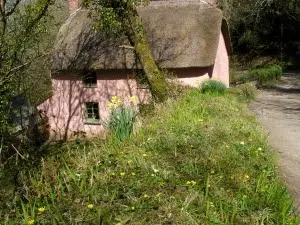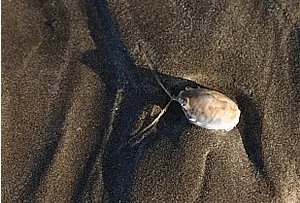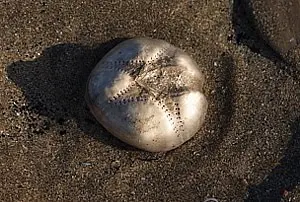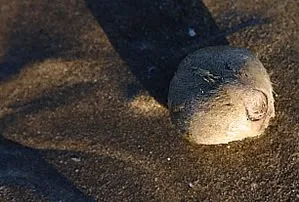Make Time for Winter,that's the message from the Highways Agency. You never know when you might need an Emergency Pack! It’s easy; just gather together the items below and pack in the car at the start of the winter season, leaving you concentrate on more immediate matters, like how you are going to get there…
Your emergency kit should include:
• Ice scraper and de-icer
• Torch and spare batteries
• Warm clothes and a blanket
• Boots
• First aid kit
• Jump leads
• Mobile phone charger
• Food and a warm drink in a vacuum flask
• A shovel
• Reflective warning sign
• Road atlas
• Sunglasses (the glare off snow can be dazzling)
Don’t forget to take any personal medication too
For more handy tips when driving this winter visit www.highways.gov.uk/winter
Your emergency kit should include:
• Ice scraper and de-icer
• Torch and spare batteries
• Warm clothes and a blanket
• Boots
• First aid kit
• Jump leads
• Mobile phone charger
• Food and a warm drink in a vacuum flask
• A shovel
• Reflective warning sign
• Road atlas
• Sunglasses (the glare off snow can be dazzling)
Don’t forget to take any personal medication too
For more handy tips when driving this winter visit www.highways.gov.uk/winter
 |
| Make time for Winter |













































